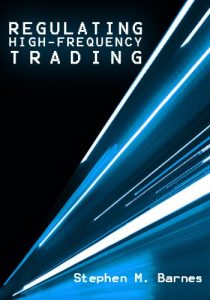The market structure for U.S. equities has changed dramatically over the past few years. A mere decade ago, the majority of stock trades were handled manually on the floor of the exchange where the stock was listed. However, advances in technology and regulatory reforms have drastically changed the landscape of trading. Today, the vast majority of stock orders are executed by highly automated trading systems that use complex algorithms to make trading decisions at lightning speed. As a result, trade execution time is now measured in fractions of a second and share volume has ballooned.
Most notably, the current equity market structure has given rise to a new and growing phenomenon called high-frequency trading. By some estimates, high-frequency trading now accounts more than half of total trading volume in U.S. equities. As such a significant part of the current market structure, government regulators and even members of congress have begun to question the risks posed by proprietary trading firms that engage in high-frequency trading strategies (“HFT firms”) and the need, if any, to regulate such traders. This Kindle book will analyze this new breed of proprietary trading firm and argue that their practices are detrimental to the health of our equity markets and therefore should be regulated.
Most notably, the current equity market structure has given rise to a new and growing phenomenon called high-frequency trading. By some estimates, high-frequency trading now accounts more than half of total trading volume in U.S. equities. As such a significant part of the current market structure, government regulators and even members of congress have begun to question the risks posed by proprietary trading firms that engage in high-frequency trading strategies (“HFT firms”) and the need, if any, to regulate such traders. This Kindle book will analyze this new breed of proprietary trading firm and argue that their practices are detrimental to the health of our equity markets and therefore should be regulated.



